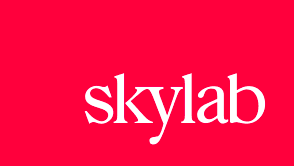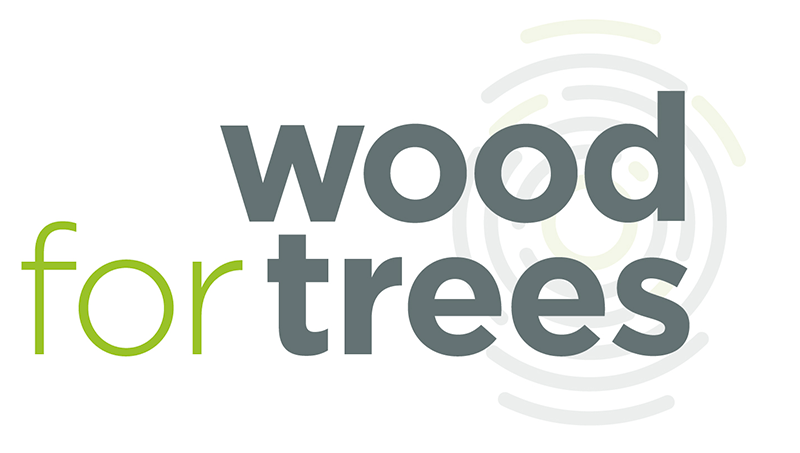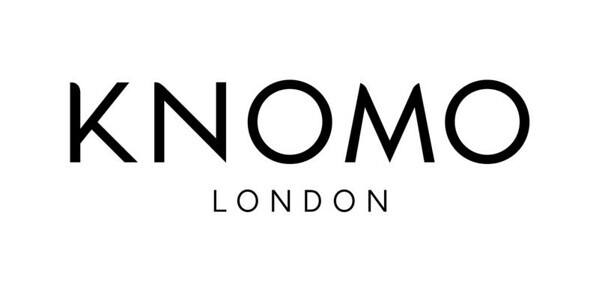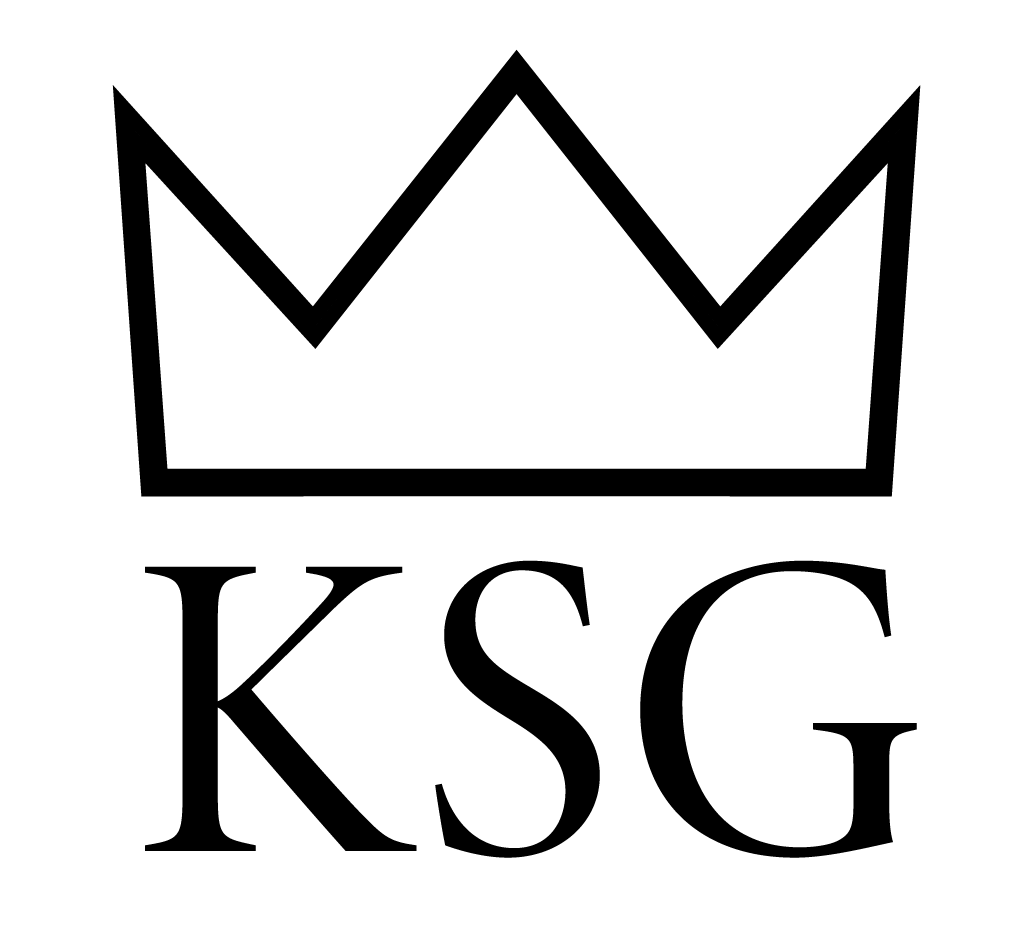The Metaverse, it’s not mystic magic but the logical next step in technological evolution. Revolution is more fitting, as it is revolutionising the way we interact with the internet from 2D to 3D. In layman’s terms, the metaverse allows you to walk inside the internet.
As your time is valuable, this article is split into two parts:
- What is the metaverse?
- Your business and the metaverse.
Skip ahead or read this article in its entirety.
What is the metaverse?
If you’re reading this article, you are probably already aware that Facebook is changing its name to meta and plans on launching its own metaverse – but you only have a vague understanding of what a metaverse is?
The most common answer you will find is that it is a virtual world, other answers may tell you that there are two different types, Augmented Reality (AR), and Virtual Reality (VR). Both answers are correct, BUT… they give you a very low-resolution understanding of this emerging market. If you want to understand the lay of the land, you’re best off looking at a map – so here’s a map of the metaverse industry:

On the horizontal axis, you have the Augmented Reality (AR) to Virtual Reality (VR) spectrum. Augmented reality metaverses tend to be tied to real-world locations, whereas Virtual Reality is more video-game-esq. One way to visualise this is Augmented Reality brings digital objects into the real world; Virtual Reality brings you into the digital world. This Spectrum is often referred to as Extended Reality (XR) or Mixed Reality (MR).
On the vertical axis of the map, we have centralised to decentralised. A centralised metaverse is one in which a single organisation has control over the entire metaverse. Whereas, a decentralised metaverse are usually blockchain-based and you can buy and trade NFT lands which grant you exclusive broadcasting rights to that zone of the metaverse. Both have pros and cons which deserves an article unto itself.
In essence, in a decentralised metaverse, everyone sees the same things corresponding where they are within the metaverse because the public owns the broadcasting rights to the land. A centralised metaverse is vulnerable to the creators embedding algorithms to determine what people see based on the person’s likes. A general-purpose centralised metaverse such as Facebook is a continuation of the social bubbles that defined the Web2, social media era.
As with the Web1 era of hyperlinks between sites, you can portal between these metaverses by creating links between them transferring users directly from one experience in a metaverse to a second experience on a different metaverse. Each metaverse has its strengths and userbase so use each one to its strengths and your business’s needs.
If you have made it this far, well done. If you have skipped to this part, welcome.
Your business and the metaverse.
The metaverse is your oyster. The opportunities are infinite, your outreach is interdimensional, and the laws of physics do not bind you. It is likely possible to create using Unity, unreal engine, or blender if you can fathom it. The user base is expanding rapidly, and the metaverse introduces a new class of appreciating assets that provide you with income – which will become low maintenance, passive income.
Retail / Services
Dominos Pizza has already created a Virtual Reality (VR) shop where Decentraland users can order real-world pizzas to their door from inside the Decentraland metaverse. The retail industry is likely to follow this model. Moreover, with Augmented Reality metaverses, such as OVR, you can reach people in the real world. Today, you can tie your digital 3D store to real-world locations using OVR, which opens opportunities in guerrilla marketing, and AR pop-up shops will allow your business to reach people in the real world.
Augmented Reality tech will become ubiquitous, with Facebook, Snapchat, Disney and Ray-Ban all investing millions into its development and first iteration technology already available on the market. The tech’s hang up today is the chub. These glasses are chunky; although companies such as Vuzix and Snapchat have made great headway, it’s still not slick – when they lose the chub and diversify the style, users will follow.
Sports
Sports are another area where there’s huge potential to link current technologies to the metaverse to create next-generation training facilities, community scoreboards and commemorating sporting achievements in the locations they were performed.
We live in a post-Moneyball era of sports analytics. Data matters; data determines what you train and how you train it. Graphs and statistics are not always the most intuitive, but the metaverse can make it intuitive through gamification. We have the technology to track a ball’s trajectory at every driving range, so rather than display the data on the screen. The metaverse can allow you to track its trajectory using Augmented Reality.
If your company develops sensors, there’s so much low hanging fruit.
Stepping outside of specialised training facilities and into the community. Your local footy pitch could have a scoreboard hovering above it. The league tables can be displayed, and if you want to lean into the realm of gimmicks, your local five-a-side pitch can be transformed into Old Trafford by uploading a 3D model of the stadium using OVR.
Finally, heralding sporting achievements in both the long term and short term.
Chainlink puts real-world news onto the blockchain. This means that you will be able to program your locations in the decentralised metaverse to change depending on the outcome of a football match. Chainlink will also help to turn your NFT lands into a passive income, but I digress.
Virtual museums in real-world locations could change how we showcase street sports. Skateboarding and parkour are often difficult to commemorate as they happen out in the urban jungle. There’s a growing movement within to visit famous street spots to see the scale of the achievement, but it’s an ‘if you know, you know’ type situation. The metaverse can leave a digital fingerprint on that geographic location allowing those who would otherwise be oblivious to what occurred to understand the amazing feat of human athleticism that happened in that very spot.
There are so many use cases, and it is dependant on the type of operation you run. There’s so much room for customisation and optimisation that the metaverse as an industry becomes somewhat of a catch-all, like previous iterations of the internet. Luckily, DreamKollab.com is here to act as a steppingstone into the metaverse by linking together talent, metaverses to make it easy for your business to enter the industry.
By Paul Clarke
Founder of DreamKollab.com












